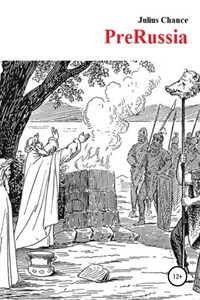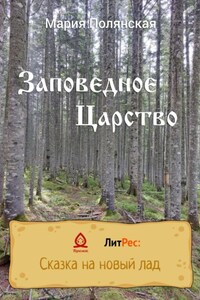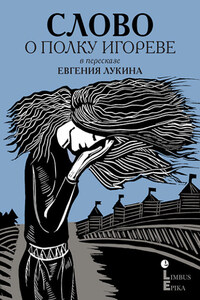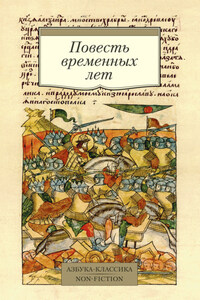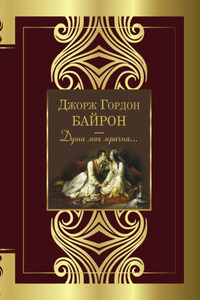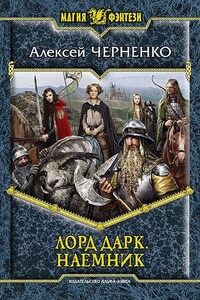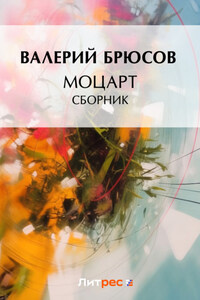For a couple of decades, scientists have been arguing with unprecedented passion about when Russia arose, the Slavic race and the Russian ethnos were formed. There are several main hypotheses at once with solid ground each. Some of them contradict, while others rather complement each other. Historians still cannot agree on a single opinion. However, most of them agree on one thing – millennia of the fascinating history of Russia have hitherto been hidden from the Russian people and many facts have been deliberately distorted. Let's look at the most common and well-reasoned of these hypotheses.
The first Russian chronicle "The Tale of Bygone Years" was written by the monk Nestor in 1110-1118 in the Kiev-Pechersk Monastery. The monk proceeded from both oral traditions passed down from generation to generation and historical written sources in the monastery itself, comparing and verifying them against each other. The monk narrated events from biblical times to 1113. The linguist Shakhmatov revealed that this chronicle had predecessors. However, this is the first reliably confirmed Russian chronicle. It was rewritten several times, the original was lost. Shakhmatov, not without reason, believes that in the course of rewriting significant changes were made to the chronicle. Indeed, after the death of Prince Svyatopolk Stanislavich in 1113, the monk Sylvester from the Mikhailovsky Vydubitsky monastery rewrites the "Tale of Bygone Years" (bringing the story to 1117) in order to substantiate the claims of Monomakh, married to the daughter of the last Anglo-Saxon king Harald, to the grand ducal throne. The gaps in the narrative were filled with info from Byzantine chronographs such as George Amartol and from folk legends (for instance, from the story of Olga's revenge on the Drevlyans)1, as well as from English sources2.
The oldest copy of Nestor’s chronicle that has come down to our days is the Laurentian manuscript of 1377, named after its creator Monk Lavrentius, to which he added a chronicle of North-Eastern Russia’s events before 1305. The book is written on a "charter" – a parchment made of specially treated calfskin. The chronicle was written either in the Nativity Monastery in the city of Vladimir or in the Annunciation Monastery in the city of Nizhny Novgorod. A later Ipatiev’s manuscript, discovered at the beginning of the XV century by a historian N.M. Karamzin in the library of the Ipatievsky Monastery in the city of Kostroma, is valuable for its description of events in Kiev, Galich and Volhynia before 1292. There are several other rewritings of Nestor’s chronicle as well.
According to the" Tale of Bygone Years", Russia, as a state, arose in 862, when the leaders of the Russian tribes called a Varangian (a Viking) – the Scandinavian Prince Rurik to rule. According to the chronicle, such a step was taken in order to stop the endless internecine struggle of the leaders of Russian tribes for leadership, because the foreign ruler equalized them all, so that no one was particularly offended. This allowed forcing everyone to obey and, thus, restore order in the Russian lands. We must note here, that till that event, Russian land did not bear the name of Russia. It was a union of several Slavic tribes or rather countries.
The chronicle entry for 862 says: "[The Prarussians] drove the Varangians out over the sea and did not give them tribute, and began to rule themselves on their own. And there was no truth among them, and some clans arose against other clans, and there was strife among them, and they began to fight with themselves. And they said to themselves: ’Let's look for a [foreign] prince who would rule us and judge us rightfully'. And they went across the sea to the Varangians (…). Those Varangians were called Russ, just as others are called Swedes, and some Normans and Angles, and still others – Gotlanders (…). Chud, Slavs, Krivichi and all [other tribes] said to Russ: 'Our land is great and abundant, but there is no order in it, so come in to reign and rule us'".
